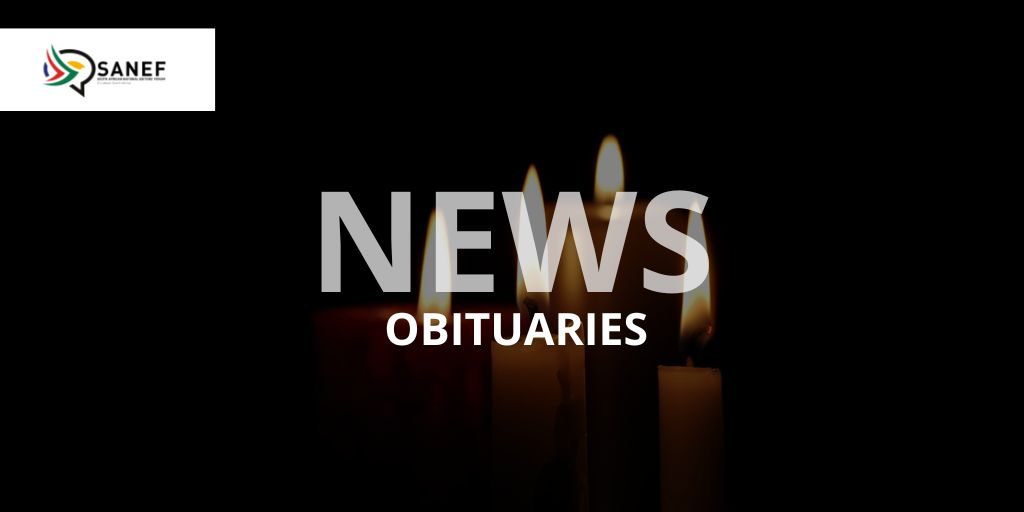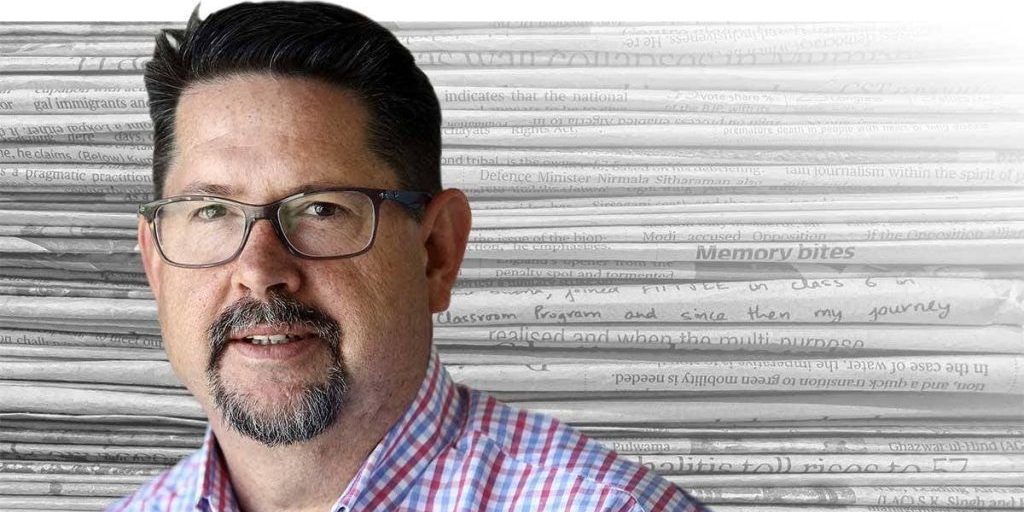Address by Minister of Arts and Culture, Hon. Nathi Mthethwa at the Nat Nakasa Awards Dinner
20 Jun 2014
Deputy President of South Africa, Hon. Cyril Ramaphosa
Chairperson of the Arts and Culture Portfolio Committee, Hon. Xoliswa Tom
Chairperson of SANEF, Mr Mpumelelo Mkhabela
Nakasa family, represented here by Mrs Gladys Maphumulo and other members
Editors and Senior Journalists
Distinguished guests
Ladies and gentlemen.
It gives me a great pleasure to stand here this evening, to perform two very important and exciting tasks. The first is to inform you about the progress that has been made in our efforts to rebury Nat Nakasa on home soil.
I am aware of the tireless efforts spearheaded by the media fraternity, particularly South African National Editors’ Forum (SANEF), to ensure that Nat Nakasa’s name remains engraved as part of the public memory. Since the establishment of the Nat Nakasa Award for Courageous Journalism in 1988, we have had a constant reminder of the need to return Nakasa’s remains to home soil. In previous awards ceremonies, senior government representatives have affirmed the commitment of the government of South Africa to assisting in the efforts to return Nakasa’s mortal remains.
We have been informed also that over the past twenty years, there have been efforts by various groups, including the Nakasa family and relatives, academics, media practitioners, and other activists both locally and abroad, to repatriate Nakasa’s remains. All these initiatives were inspired by the realisation that Nakasa never wanted to leave his country of birth and that coming back home was his final wish. He was forced by the apartheid administration to leave on an exit-permit, something that led him to describing himself as “A Native of Nowhere.”
Over the past two years, the Department of Arts and Culture has been working in close collaboration with the KwaZulu-Natal Premier’s Office, and the eThekwini Municipality, in an effort to repatriate Nat Nakasa’s remains from the United States of America (USA). In 2012 we sent a delegation to the US to embark on a fact-finding mission, investigating the viability of Nakasa’s reburial on home soil. We subsequently appointed a legal firm to represent us in presenting our case to the US authorities. The South African Consulate in New York played a crucial role in coordinating these efforts on our behalf.
Ladies and gentlemen, I am proud to inform you that we have now obtained permission to exhume and repatriate Nat Nakasa’s mortal remains back to home soil. The Supreme Court of the State of New York, County of Westchester, issued a court order granting us permission a few weeks ago. This momentous occasion happens exactly fifty years since Nakasa left South Africa, and on the twentieth anniversary of our freedom and democracy. While it is the state that finally made this major breakthrough, we are conscious of the fact that it would not have been possible without the collective efforts of various stakeholders, especially the media.
Furthermore, it is with immense pride to inform you that we are working in close collaboration with the KwaZulu-Natal provincial government, under the leadership of Premier Senzo Mchunu, to make arrangements for the reburial. Plans are underway to rebury Nakasa in the Heroes’ Acre in Chesterville. The reburial of Nat Nakasa’s remains in the Heroes’ Acre will inscribe his name in our annals as one of the selfless South Africans who paid the ultimate price for us to attain the freedom that we enjoy today. The date for the reburial will be announced at a later stage. In the meantime, I invite you to join us in celebrating this milestone in our democratic dispensation.
I thank all those who have played part in ensuring that our efforts yield positive results. I would like to express a special word of gratitude to the international community, the US authorities in this instance, for granting us permission to temper with their soil. The Ferncliff Cemetery, where Nakasa is buried, is a site of national significance in American history. It is where luminaries such as Malcolm X and James Baldwin are buried.
I will not dwell on the significance of Nakasa’s reburial, or his courage as a journalist, as there is someone more qualified to speak on that subject. So my next task is to introduce that someone, whom I suspect you all know.
Ladies and gentlemen, the next speaker was born in Soweto, and got involved in student politics while studying at the University of the North, now Limpopo. He was the founding member of the National Union of Mineworkers (NUM) in 1982. Under his leadership, NUM grew its membership from 6 000 in 1982, to a staggering 300 000 in 1992.
Many of us got to know about him when he introduced the late President Nelson Mandela, when he was about to make his first public speech after his release from prison in February 1990. He became the Secretary General of the African National Congress (ANC) in 1991, and was the head of ANC delegation during the negotiations to end apartheid. He is widely recognised as the Convenor of our internationally acclaimed constitution. He was a successful business man before he acceded to public demand to return to public life.
I can go on and on, but the best thing I can do at this stage is to usher him to the podium so he can speak for himself. Ladies and gentlemen, please welcome the Deputy President of South Africa, Hon. Cyril Ramaphosa!
Thank you.
Issued by: Department of Arts and Culture




